#roman britain
Text
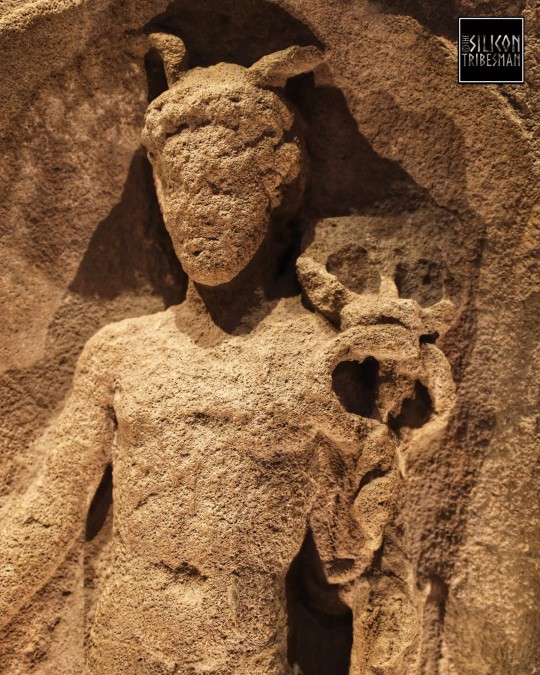
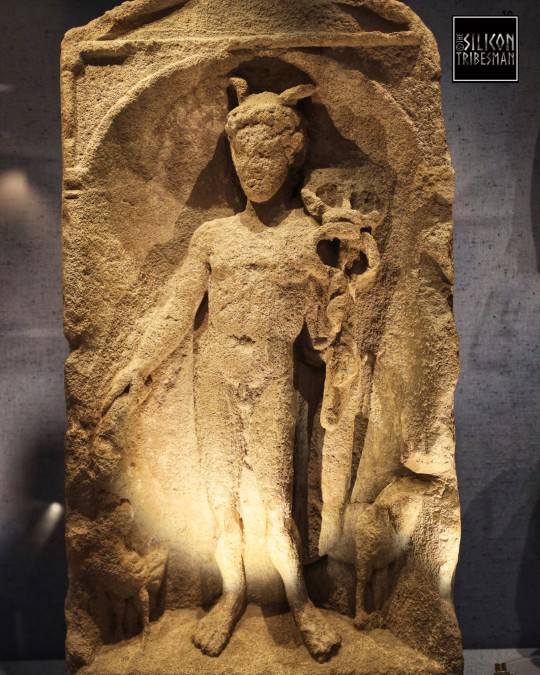
Roman Votive Relief of Mercury found at Watermoor, Cirencester.
Mercury is shown here with all his associated symbols such as the cockerel and the purse.
#roman#roman belief#romans#roman britain#roman empire#roman religion#roman craft#roman building#archaeology#ancient cultures#roman deities#roman symbols#gods and goddesses#Cirencester#Corinium
56 notes
·
View notes
Text
Who were the Dobunni tribe? From ancient coin-minters and guardians of tradition, they thrived through a peaceful way of life amidst the tumultuous backdrop of ancient Britain. But their idyllic, autonomous lifestyle ended with the arrival of the Romans.
20 notes
·
View notes
Photo
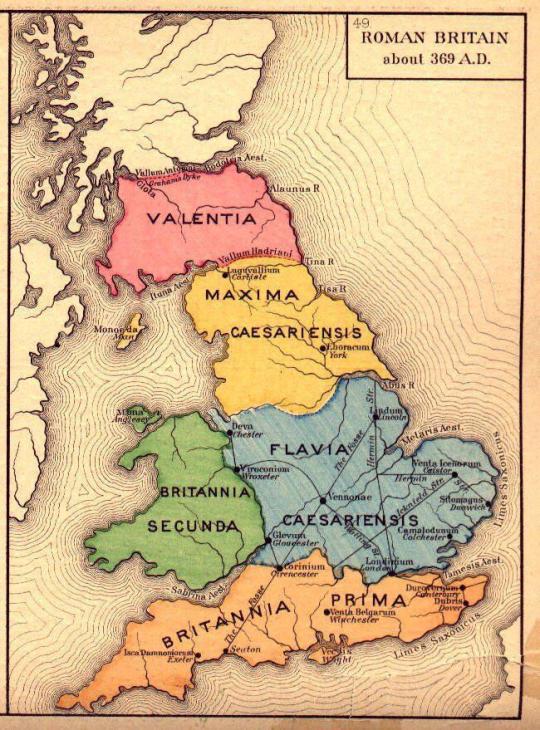
Map of Roman Britain, ~369 AD.
352 notes
·
View notes
Text


Gilded cavalry helmet, Roman Britain, 3rd century AD
from The Norfolk Museums Collections
160 notes
·
View notes
Text
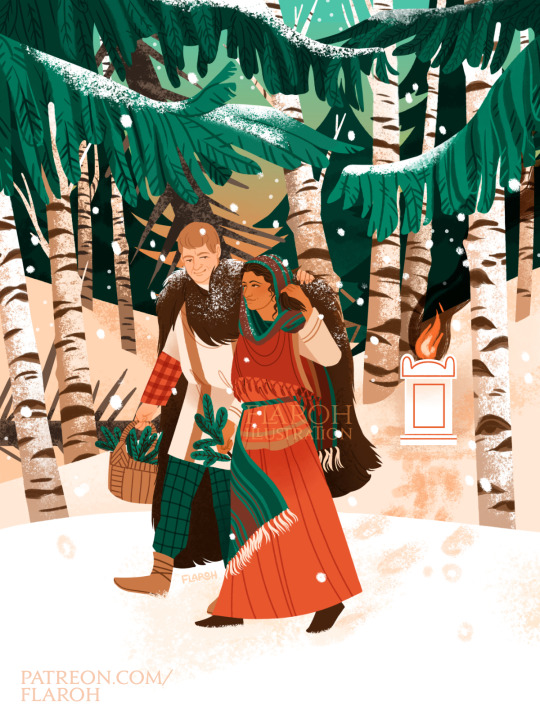

Somewhere along the Limes Britannicus… 🌲❤️🔥🌨️
I drew this piece last year for my December 2021 patrons! It's of a Roman couple gathering materials for their Saturnalia decorations in Hadrians Wall country 🧡
#roman britain#roman archaeology#hadrians wall#tagamemnon#vindolanda#roman history#ancient history#ancient rome#light acamedia#classical studies#classics#flaroh illustration#historical interpreter
660 notes
·
View notes
Text

Romano-British tombstone, a.d. 43-410
Under a niche, indicated by a semicircle, is the head of a girl with ear-rings, flanked on the left by a dog, on the right by a cock, presumably indicating her pets. Above the niche is what appears to be a five-pointed star.
79 notes
·
View notes
Text

Day 9: Celtic - Morgan le Fay; I realize that the runes are Germanic, but it’s a Green Knight reference 👀👀
#jenstober23#morgan le fay#the green knight#arthuriana#arthurian legend#celtic mythology#roman britain#celtic#5th century#6th century#briton tag#traditional art#history art#inktober#inktober 2023#drawtober#drawtober 2023#artober#artober 2023#witchtober#witchtober 2023#day 9
120 notes
·
View notes
Text

Bless the young man who hiked 3 hours to plant a new sycamore tree
#Hadrian's Wall#Northumberland#sycamore gap#twitter post#English countryside#Roman Britain#vandalism#British history#empathy#justice#sapling#rural landscape#felled tree#UK
113 notes
·
View notes
Text
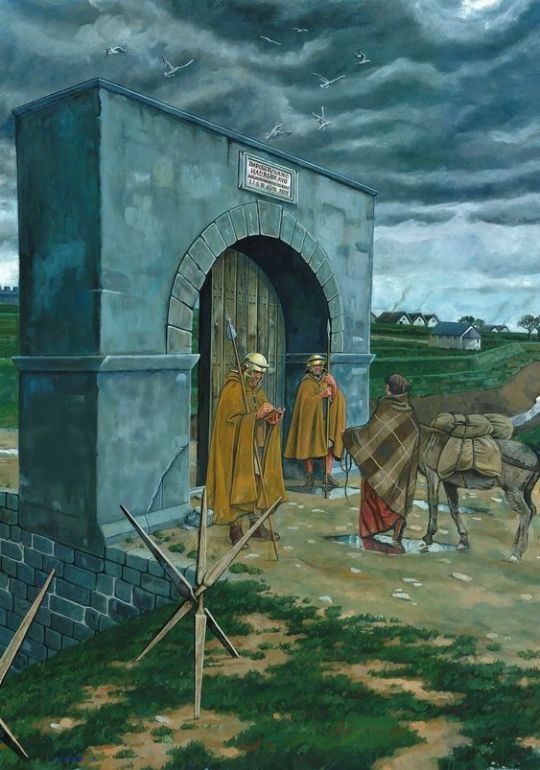
Nothing is now visible of the fort at Benwell (Condercum) in Newcastle, which was occupied throughout most of the Roman period by the Asturian cavalry regiment from northern Spain. To the south of the fort site, however, is the only causeway (or permanent crossing) of the Vallum earthwork to be seen on the line of Hadrian’s Wall. The crossing was one of a series of such causeways sited south of the forts, which were the only points where the earthwork known as the Vallum could be crossed to gain access to the zone immediately behind the Wall.
Art by Graham Sumner.
77 notes
·
View notes
Text
113 notes
·
View notes
Text


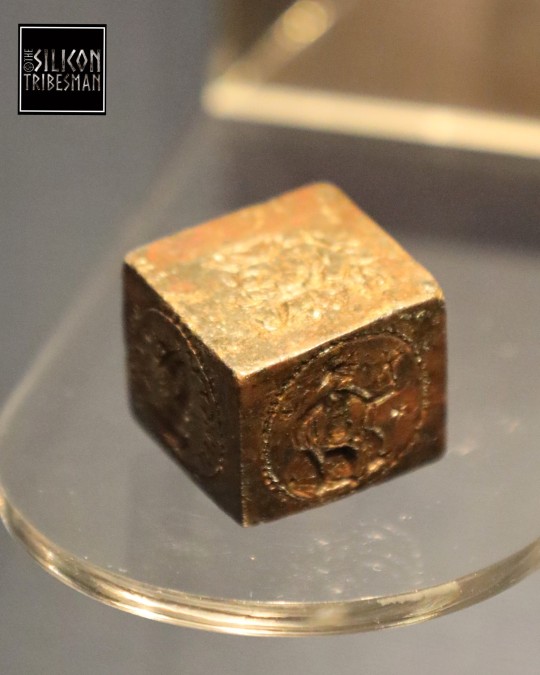

'The Kingscote Cube', 2nd Century CE Roman Engraved Seal Stamp, Corinium Museum, Cirencester
#Kingscote cube#cube#symbols#romans#roman#roman stamp#roman empire#roman living#roman gods#roman britain#archaeology#Corinium Museum#engraving#metalwork
48 notes
·
View notes
Text
A 1,700-year-old intact egg from Roman Britain shocked experts by its freakish state of preservation when a micro-CT scan revealed it still contained liquid yolk and egg.
77 notes
·
View notes
Photo

Map of Roman Britain taken from Encyclopædia Britannica's 14th edition.
135 notes
·
View notes
Text

Hoard of Roman gold coins discovered near Deopham, England, late 4th century AD
from The Norfolk Museums Collections
120 notes
·
View notes
Text
Thanks for spreading that particular piece of joy, Romans
37 notes
·
View notes
Text
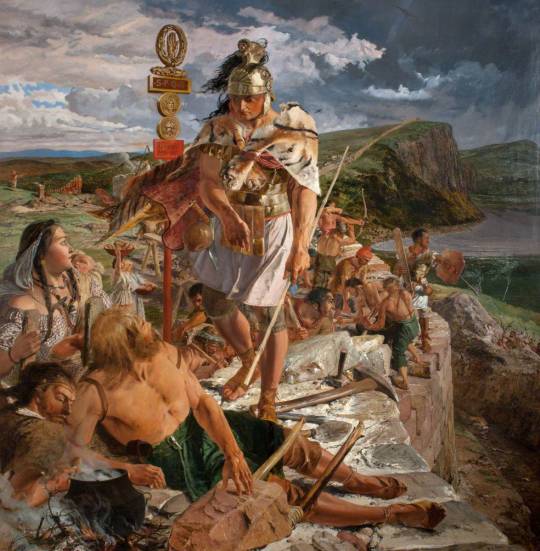
The Romans Cause a Wall to Be Built for the Protection of the South, William Bell Scott, 1857
#art#art history#William Bell Scott#historical painting#ancient history#Ancient Rome#Roman Empire#Roman history#Roman Britain#Hadrian's Wall#Pre-Raphaelite#Pre-Raphaelite Brotherhood#pre-raphaelisme#British art#Scottish art#19th century art#Victorian period#Victorian art#oil on canvas#National Trust
140 notes
·
View notes